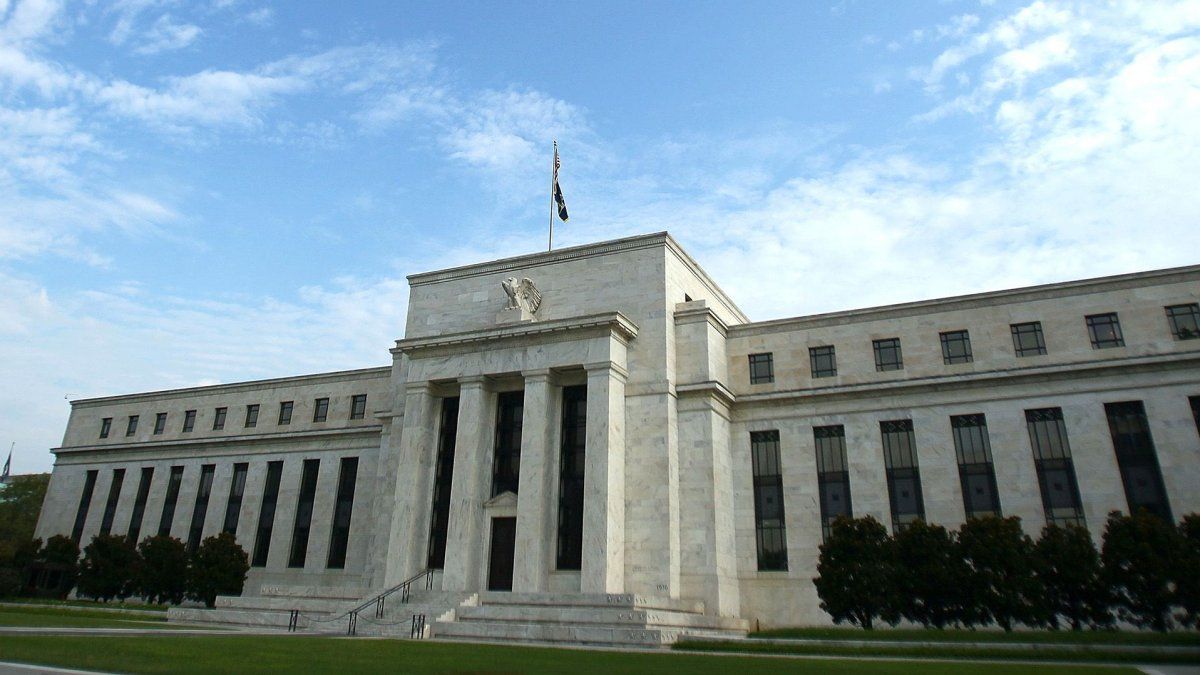The Fed’s tightening path – one of the fastest in decades – began in march last year when he arranged a first increase of 25 percentage points at rates that, until then, were close to zero in order to sustain the economy during the post-pandemic recovery.
whereupon, in May the rate increased by 50 pointsand later, in the meetings of June, July, September and November, the monetary body raised them by 75 points. In this way, the annual inflation, after reaching a forty-year record of 9.1% in June past, began to moderate and last December it was 6.5%.
The expectation in the next meeting is that the Fed continues to reduce rate hikes with a 25-point hikeaccording to the Bloomberg agency.
The Fed, initially challenged for starting to tighten too late, is now criticized for the reverse: that you are exceeding the rates and that this can generate a recession.
“Even with the recent moderation, inflation remains high and policy needs to be tight enough for a while to ensure that inflation returns to 2% on a sustained basis,” the Fed deputy governor said two weeks ago. Lael Braindard.
Other officials such as the presidents of the Dallas and Philadelphia federal reserves, Lorrie Logan and Patrick Harket, expressed their support for increases of 25 points and, in the case of Harkeremphasized that “the days of increases in 75 points surely they already passed“. In the same way, Christopher Waller, one of the “hawks” among the rulers of the FED, also supported a rise of 25 basis points.
What is not at all certain is what will happen in the rest of the year. Economists speculate that the Fed will make another 25-point rate hikeand then will leave them unchanged although the question is how long you will wait until you start to reduce them.
Some officials they believe that the policy has to continue restrictive for a while to avoid a resurgence of inflation. In the same way, they consider that although inflation is falling, the working market -whose pressures may be reflected in prices- still overheated with almost two job vacancies for every unemployed person and one Unemployment rate at record lows.
According to the former Treasury Secretary, Lawrence Summers, on Wednesday the Fed will have to avoid giving any hint about what its next moves will be given the panorama of uncertainty that the US economy possesses. “I don’t think it’s a time to commit to rate hikes because of the slowdown indicators we’ve been seeing,” he said. summers in dialogue with Bloomberg Television.
Although the Inflation continues above the FED targets, there is increasing evidence that the economy is slowing down with a drop in consumption in the last quarter of last year, according to various indicators published this week.
“(At the FED) They are driving the car on a very foggy night”illustrated the head of the Treasury during the second presidency of Bill Clinton, about the dilemmas in the data that the FED manages when defining its policies.
Summers, a professor at Harvard University, believes as well as market expectations that next week an increase of 25 points will be announced.
Source: Ambito
I am a 24-year-old writer and journalist who has been working in the news industry for the past two years. I write primarily about market news, so if you’re looking for insights into what’s going on in the stock market or economic indicators, you’ve come to the right place. I also dabble in writing articles on lifestyle trends and pop culture news.




